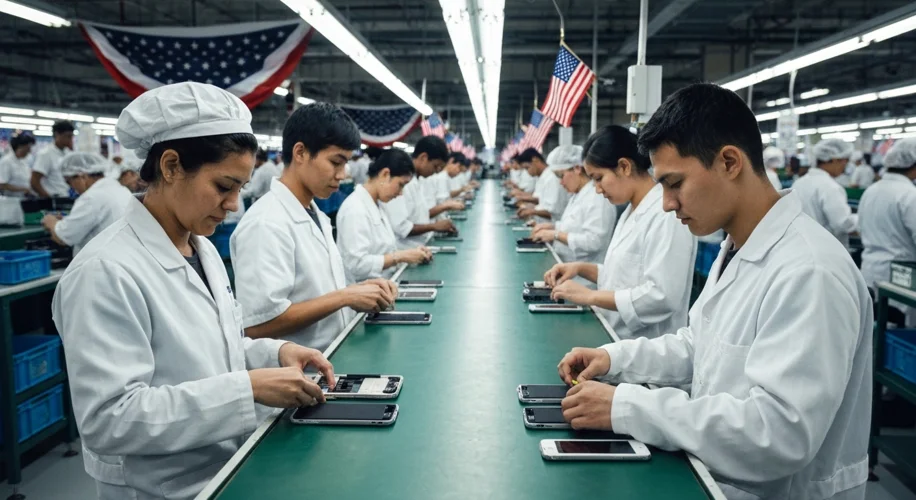Hey everyone! Mateo here. So, we’re seeing a lot of talk these days about bringing smartphone manufacturing back to the US. It sounds great, right? More jobs, maybe faster innovation. But is it really that simple?
Over a decade ago, people tried this. One of those folks was a guy named Rich Godek. He actually tried to build a smartphone called the “Made in the USA” phone, way back around 2013. He learned a ton, and his experience offers some serious food for thought for anyone thinking about doing it again today.
The Big Dream vs. Reality
When Rich started, the idea was simple: create a high-quality smartphone that was actually assembled in the United States. The goal was to prove it could be done and create jobs in the process. It was a pretty noble idea, honestly.
But here’s the catch: manufacturing complex electronics like smartphones is hard, especially when you’re competing with established giants.
Why It’s So Tough
- The Supply Chain: Most of the components that go into a smartphone – the processors, the screens, the memory chips – are made overseas, mostly in Asia. Building a whole new, complex supply chain from scratch in the US for these specialized parts would take ages and cost billions. Even today, most of the really critical pieces just aren’t made here.
-
The Cost Factor: Labor costs are significantly higher in the US compared to countries where most electronics are currently manufactured. While automation helps, the sheer scale of smartphone production still relies heavily on manual assembly for certain intricate steps. This difference in labor cost makes it incredibly difficult to compete on price.
-
Specialized Expertise: Manufacturing these devices requires a highly specialized workforce with deep knowledge in areas like microelectronics assembly, quality control for sensitive components, and advanced robotics. While the US has brilliant engineers and tech minds, the sheer volume of skilled assembly workers needed for mass production isn’t readily available.
-
The Pace of Innovation: The smartphone market moves at lightning speed. Companies have to constantly update designs and production methods. Setting up a new manufacturing line, even for assembly, is a massive undertaking. By the time a US-based factory was up and running, the technology might have already moved on, making the investment obsolete.
What Did We Learn?
Rich Godek’s experience, and others like it, showed that while the idea of US manufacturing is appealing, the practical hurdles are enormous. It’s not just about putting parts together; it’s about having access to a global, highly specialized ecosystem of component suppliers, advanced manufacturing facilities, and a skilled workforce trained for this specific industry.
So, for companies looking to build smartphones here today, the advice from pioneers like Rich is clear: understand the immense challenges of the global supply chain, the cost differences, and the need for specialized expertise. It’s a marathon, not a sprint, and it requires more than just a desire to “make it in America.”
It’s fascinating to see how far we’ve come, and maybe with new technologies, things will change. But for now, the path is definitely steep.

